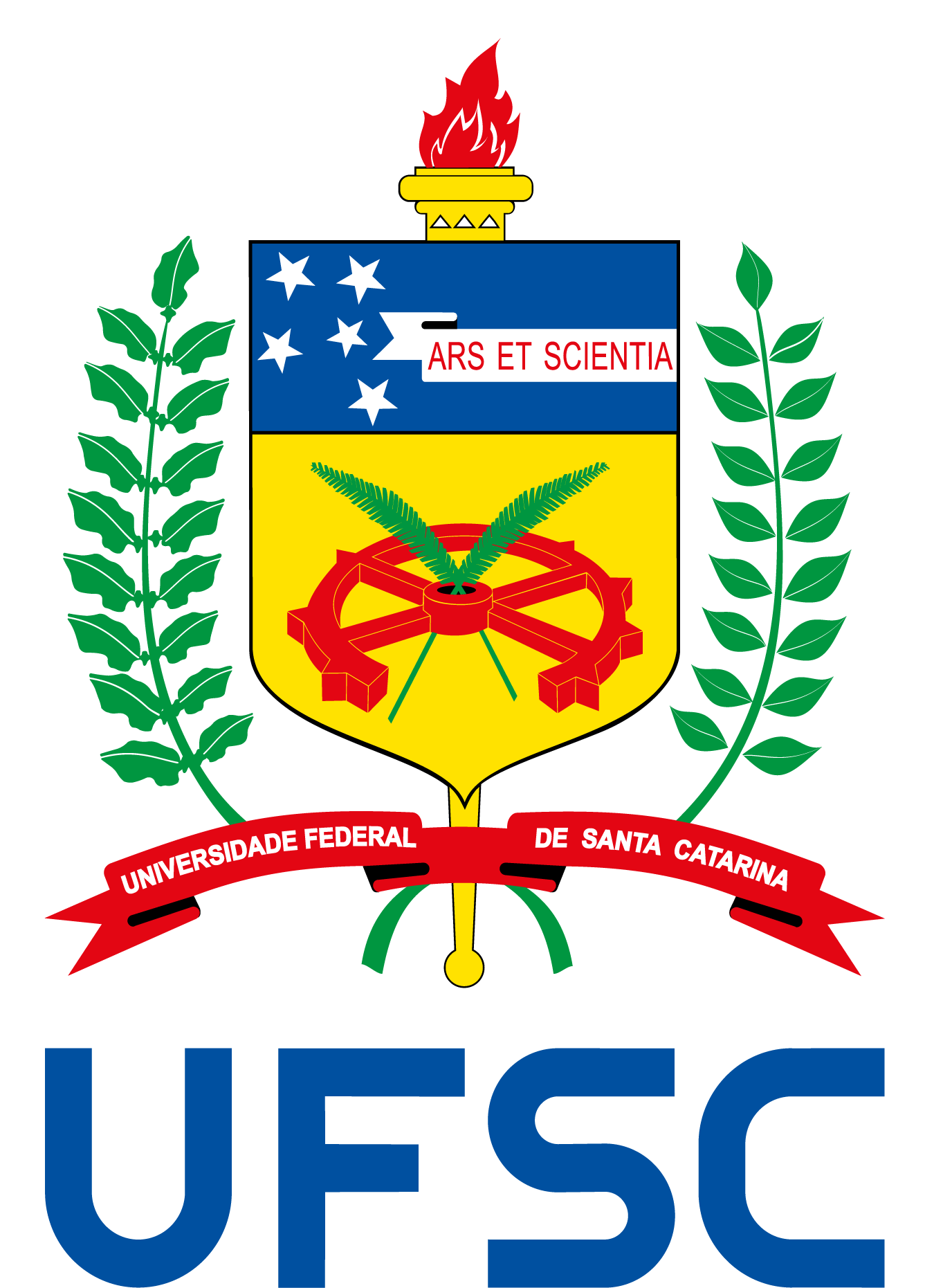10TH PHOTOGRAPHY EXHIBITION

PRESENTATION
The Making Gender Photography and Audiovisual Exhibitions are a crucial field of struggle for diversity in the photography and audiovisual fields, which have historically been dominated by hegemonic political groups. Contemporary research highlights the under-representation of women directors and cinematographers, as well as that of other groups, in the field of photography. Thus, the exhibitions are important in Brazil and abroad for disseminating knowledge about under-represented groups more widely, and allow reflection on visual media and the circulation of productions resulting from research. They have become essential instruments for social intervention.
Since 2000, the Audiovisual and Photographic Exhibitions have been held on the campus of the Federal University at Santa Catarina (UFSC) in Florianópolis and are organized by the Centre for Audiovisual Anthropology and Image Studies (NAVI) as part of the International Seminar Making Gender. Both exhibitions are competitive and showcase Brazilian and international audiovisual and photographic productions related to gender issues, materializing contemporary socio-cultural problems involving people, collectivities, specific social groups and historical processes of social interest.
The exhibitions encourage audiovisual and photographic productions in the context of anthropology and gender studies, to raise the quality of these creations and promote their dissemination among specialists, thus broadening the reach of these works. They are a space that seeks, above all, to disseminate knowledge through audiovisuals and photography, transcending disciplinary boundaries through dialogue between art and science and adopting an open access approach to democratize this content.
The panorama of the productions presented in the Photographic and Audiovisual Exhibitions proposes a view that portrays tensions, conflicts and victories implicit in multiple experiences, through visual anthropology, photography and cinema. In addition to fostering mutual enrichment among the professionals and creators of the works, the exhibitions encourage debates and dialogues that contribute to theoretical improvement in areas such as feminism and audiovisual and photographic aesthetics. These events provide valuable contact between participants and the authors of the works, promoting an enriching exchange. In the context of the Audiovisual Exhibition, the post-screening debates not only strengthen this exchange, but also theoretically improve fields such as visual anthropology and audiovisual and photographic aesthetics.
This year, homage will be paid to filmmaker Adélia Sampaio, the first Black woman to direct a feature film in Brazil. A pioneer, she overcame the elitist environment by working in various roles in film production. Her directorial debut came in 1979 with the short film “Denúncia Vazia” (Empty Denunciation), followed by the powerful “Amor Maldito” (Cursed Love) (1984), which tackled lesbian issues and challenged the prejudices of the national film industry. Adélia directed documentaries about the military dictatorship, highlighting her political stance that denounced the regime.
This year, two parallel exhibitions will also be held jointly on the theme of football. The objective of these exhibitions is to present the audiovisual and photographic production of researchers from the National Institute of Science and Technology – Brazilian Football Studies (INCT Futebol), created in 2023, and to provide visibility for other important productions, both nationally and internationally, to consider football as a fruitful field of study and research.
This edition is especially focused on environmental awareness, a topic that is increasingly relevant in our daily lives. We will adopt sustainable practices, such as reducing printed material and the use of disposable items, and prioritize production and consumption methods that minimize carbon emissions. Thus, the photographic exhibition will be predominantly digital and use projections. Another important initiative is that the trophies are made from waste, using upcycling techniques to reduce environmental impacts.











